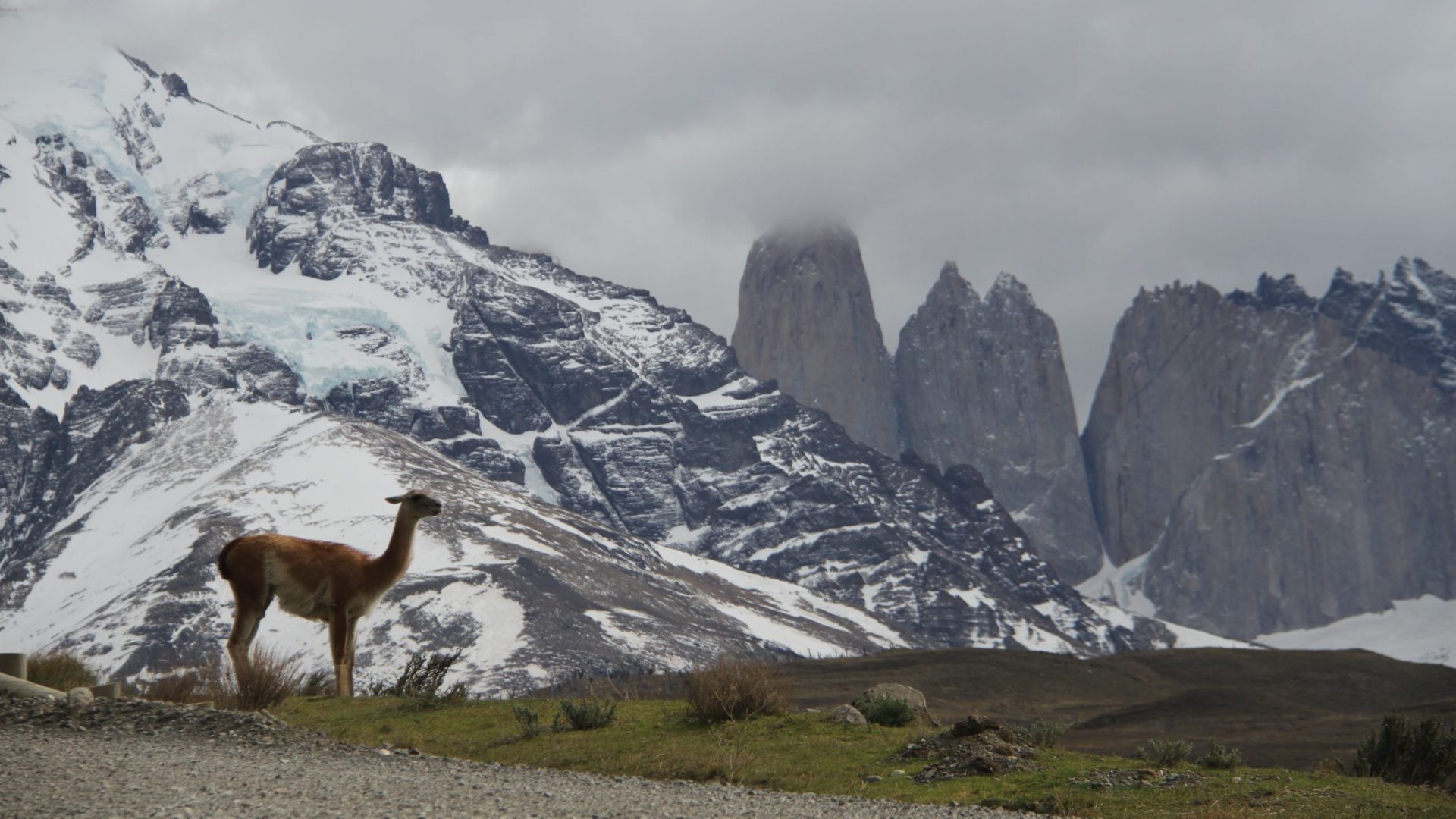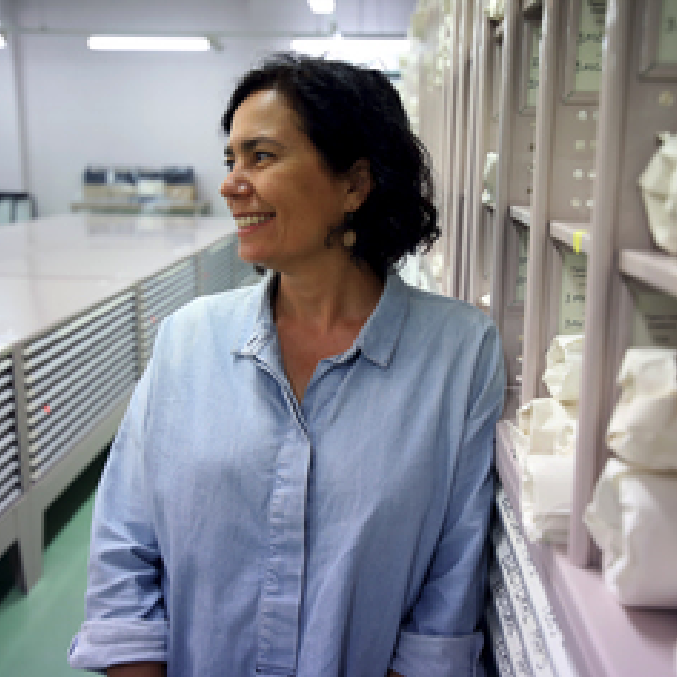
You might think that national parks are named for their most exciting features and stunning vistas. But often, names are political and don’t always point to the coolest features in an area.


You might think that national parks are named for their most exciting features and stunning vistas. But often, names are political and don’t always point to the coolest features in an area.
Across the world, the designation “national park” means something. Regardless of how the land is managed—and, let it be known, national parks can encompass very different types of land use, depending on the country—the designation signifies an area of such importance that the country sees it as brag-worthy. But how exactly do they get their names?
Park names are often simply significant geological features (think: Grand Canyon and Arches in the US, Peak District in the UK, and Iguazu in Brazil), or merely descriptive of the land. But the language in which those features are conveyed is significant—and often nods to a nuanced origin story. Wales, for example, recently rebranded one of its parks to the Welsh name Bannau Brycheiniog, from the anglicized Brecon Beacons. Welsh actor Michael Sheen announced the rebrand in a video calling it “an old name for a new way to be.” The new “old” name nods to the importance of maintaining Welsh cultural roots and keeping the language alive at a time when less than a fifth of the country’s population speaks it.
Another example is Torres del Paine National Park in Chile, a combination of Spanish and Tehuelche, an Indigenous Patagonian language. “Torres” means “towers,” and “paine” is Tehuelche for “blue.” The name refers to one specific, extremely famous view in the park, of three ice-capped rock towers hikers literally scramble to see. It, too, has experienced a rebrand. The park was originally called Lago Grey—Spanish for “gray lake”—and renamed to Torres del Paine in 1970, in a move to be inclusive of Indigenous culture.
I recently hiked the park’s W Trek, which may be one of the most iconic walks in the world. I was there as part of a test run for a new Fjällräven event launching next year—a large social backpacking event called Classic Chile—and I was surprised to see so few other hikers on the trail. Maybe it’s because it was late October, which is early spring in southern Patagonia, and the weather wasn’t exactly great. On the first day, we had such miserable weather that driving rain soaked through our rain jackets, and one morning, I awoke to at least an inch of snow blanketing my tent. But still, for such an iconic trail, it was a pleasant surprise to experience such quiet.
On the last day, it felt like we found everyone else. We hiked up to Base Torres del Paine—the view of the three rock towers that’s synonymous with Patagonia—and can only describe the descent as a battle. The steepest part of the trail, which often requires hand-over-hand scrambling, is also the narrowest part. To make matters worse, uphill hikers aren’t keen to step aside and wait, as you’re not permitted to hike in the dark there, so there’s a time crunch to get up to the viewpoint before it shuts down to visitors and you’re supposed to turn back with enough time to make it to the trailhead before dusk.
Later, I spoke with a guide, Natu Bascour, who told me I’d seen nothing. The park doesn’t limit the number of people on the trail, and in the height of summer, there can be standstill hiker traffic in places. Why is it so crowded?
“I think it’s only because it’s called ‘Torres del Paine National Park,’” she says. Everyone wants to see the towers. I think that’s it.” Bascour says that if you simply renamed the park after one of the other viewpoints, it would completely change where people go.
Bascour’s favorite hike in Torres del Paine National Park is actually the trek to Mirador Frances, which is an easier, less-crowded trail. She said that most people overlook it when planning their trip to the park. So, while it may be tempting to see what a name is all about, sometimes it can be more sustainable (and less crowded) to go see what else a national park has to offer.

Kassondra Cloos is a travel journalist from Rhode Island now living in London. Her work focuses on slow travel, urban outdoor spaces and human-powered adventure. She has written about kayaking across Scotland, dog sledding in Sweden and road tripping around Mexico. Her latest work appears in The Guardian, Backpacker and Outside, and she is currently section-hiking the 2,795-mile England Coast Path.








Can't find what you're looking for? Try using these tags: